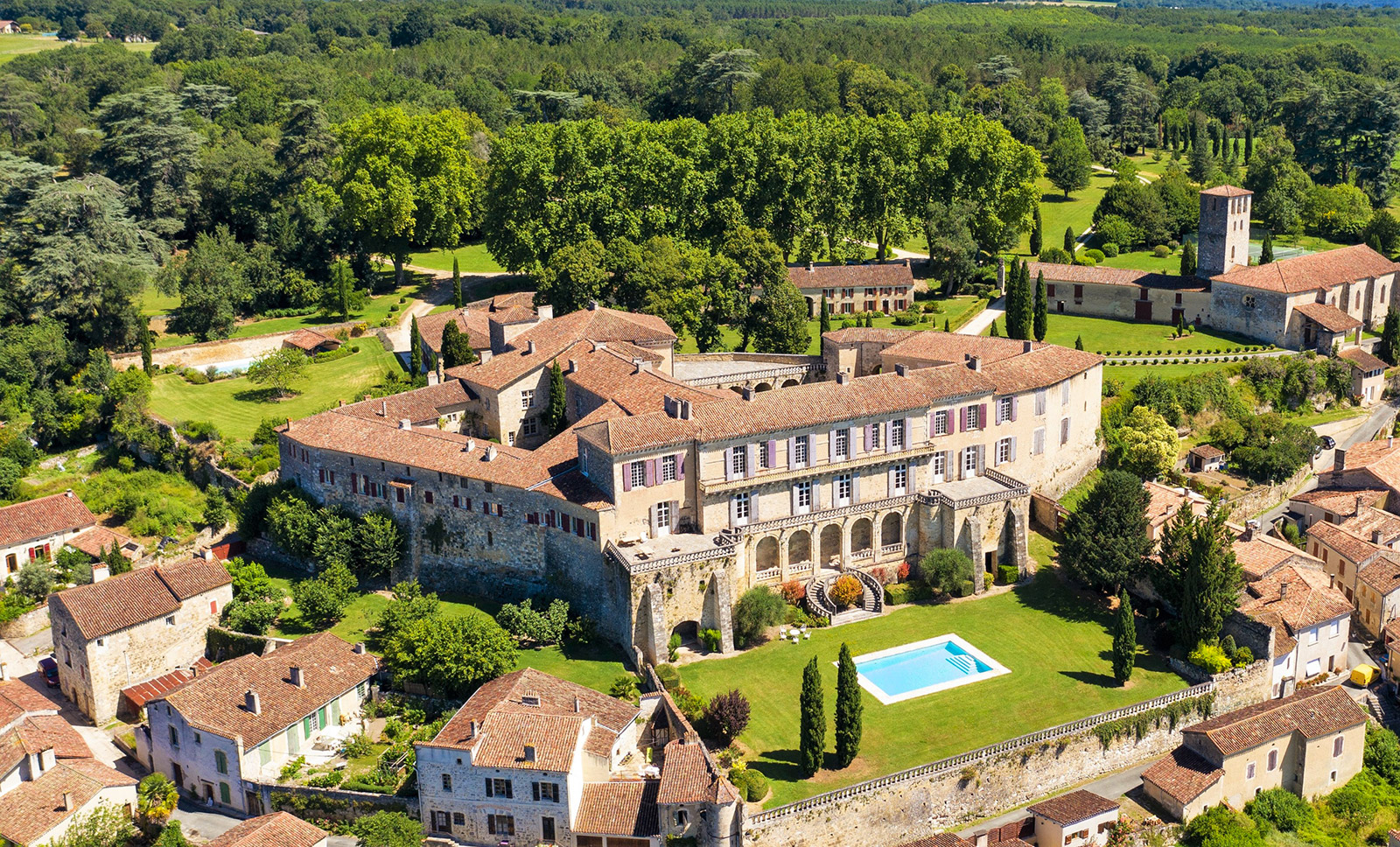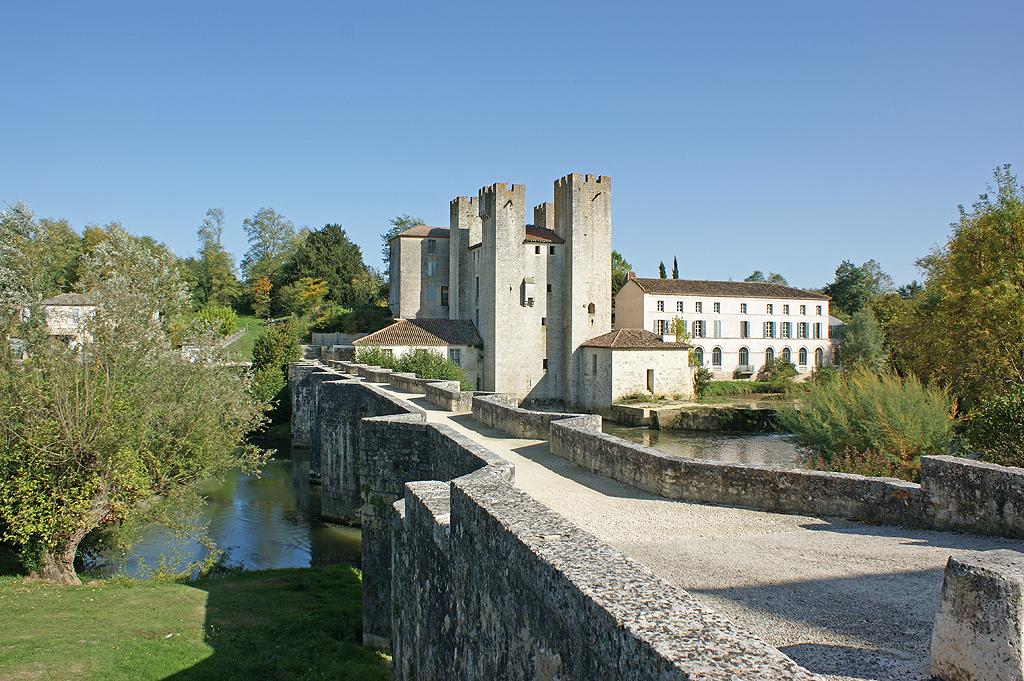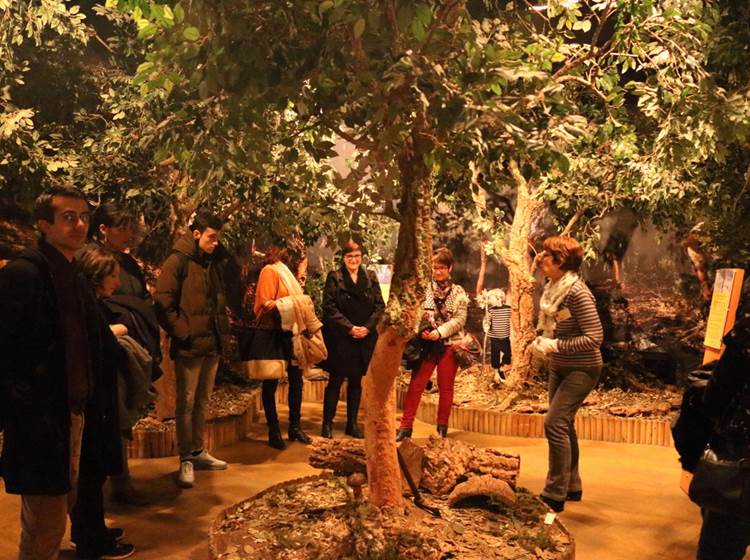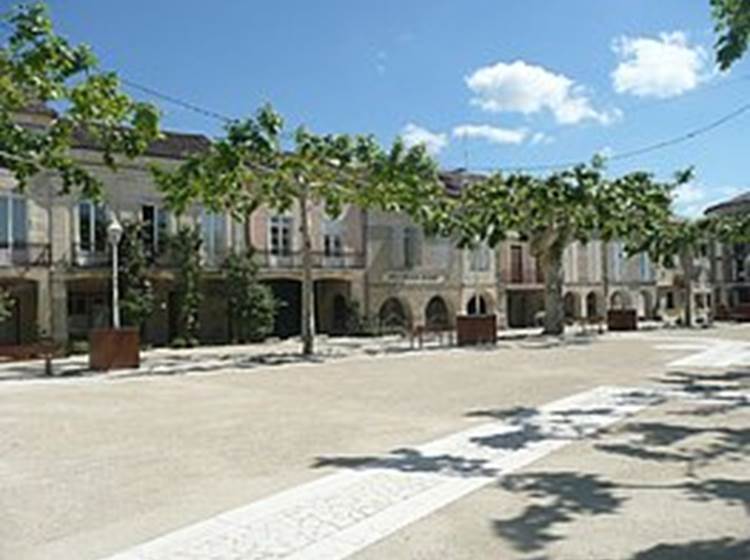It is a small village of just over 160 inhabitants scattered in the countryside, in the forest or on the banks of the Gueyze and the Gélise. You can see a church from the 11th century, an old castle and a fortified mill from the 15th century. Located on the border of Gers, Landes and Lot et Garonne, it offers many possibilities for visits and magnificent landscapes to discover.

sos
Nom laissé par la tribu gauloise des Sotiates, les derniers irréductibles Gaulois.
Sur son promontoire, Sos domine les vallées de la Gueyze et de la Gélise. Le peuple gaulois des Sotiates a résisté aux troupes de Jules César qui en parle dans son livre "La Guerre des Gaules". La ville offre des vestiges du Moyen Âge, notamment la présence, sur la place rénovée, du marquage au sol de l'intégralité de l'ancienne église, qui était un bel édifice roman. Sos a appartenu à Henri IV et a vu, plus tard, la naissance de Jean de Silhon, l'un des premiers Académiciens et c'est le village d'Emmanuel Delbousquet, poète et conteur local.

POUDENAS

MEZIN
Medieval city which saw the birth of Armand Fallières, President of the Republic from 1906 to 1913.On the hillside, Mézin looks towards the green valleys of Armagnac and the Landes forest which begins at its feet and has a few surprises in store for you. In the Middle Ages, Mézin developed around its Saint-Jean-Baptiste church and its monastery, which has now disappeared. The remains of the ramparts recall its past as an English stronghold during the Hundred Years War. In the 19th century, it developed thanks to the local gold: cork, to which the Musée du Liège et du Bouchon is now dedicated.Stroll through the alleys, look up at the stone houses and the arcades that line the Place Fallières then join the landscaped gardens for a bucolic break.

NERAC
Capital of the Pays d'Albret. Built on a Gallo-Roman villa, the town prospered especially during the Renaissance, a favorite residence of the Albrets and, stronghold of Protestantism, home to a brilliant court. The future Henri IV spent part of his youth there and forged his reputation as "Vert galant", leaving the legend of Fleurette. The visit to Nérac revolves around its navigable river, the Baïse. From the Saint-Nicolas church or the Petit Nérac viewpoint, discover the port, the Old Bridge and the tanneries which now house art galleries and restaurants. The walk takes place along the streets (Maison des Conférences, Château d'Henri IV and its museum) and in the Parc Royal de la Garenne redesigned by Queen Margot, wife of Henri IV.
FOURCES
Atypical Gers village, the only round bastide in Gascony.
Ranked among the most beautiful villages in France! A picturesque old castelnau, this village immediately seduces with its beauty and serenity. Fourcès opens like a living history book. The round square occupies the site of the castle mound where the primitive castle was built, destroyed in the 15th century. We meet there in the shade of the plane trees to party, play pétanque, attend concerts, browse at flea markets or even get drunk on the scents of the flower market (last weekend of April) . Around the square, medieval houses with oak jambs make the rounds, next to more recent residences from the 17th and 18th centuries.

CONDOM
Its cathedral, its cloister and its Armagnac museum, its mansions.Former bishopric, today sub-prefecture and capital of Ténarèze, Condom can be proud of its historical past rich in events and architecture. Its majestic Saint-Pierre cathedral, an imposing work in the flamboyant Gothic style, dominates the city. Attached to the cathedral, the cloister led the bishops to their private chapel as well as to their bishopric. Condom. The commercial port, built in the 18th century on the Baïse river then nicknamed silver river, opened the city to freight and trade, in particular Armagnac brandy.

EAUZE
Capital of Armagnac and former capital of Novempopulania, with a rich historical past.
Éauze is the capital of Bas Armagnac because it is located in the heart of the region that produces the most and most famous of this famous and ancient eau-de-vie. This small town in the countryside has kept in its heart the heritage of the Middle Ages and the modern era: the streets, the plots, the alignments, the islets, a few half-timbered houses (the Jeanne d'Albret house, listed façade ), some remains of the enclosure, a gate of the old priory, the Gothic church built by Jean Marre, the hospital chapel, the imprint of the old ditches.

BARBASTE
Located on the ancient Ténarèze road which, since prehistoric times, has led men from the Pyrenees to the Garonne through Gascony, Barbaste was an important commercial crossroads.
Barbaste is the Moulin des Tours, one of the marvels of Aquitaine. Superb building with 4 square towers built in the 13th century on the right bank of the Gélise. It is also the 12th century Romanesque bridge with 10 curved arches. It was on this site that the future King Henri IV, nicknamed le vert galant, was sometimes lodged before traveling through the region and hunting on the famous "chevalchée d'Henri IV en Albret".
BARBOTAN les Thermes
Pleasant spa resort known since the Romans for its therapeutic benefits, Barbotan les Thermes is also famous for the mildness of its climate allowing the growth of rare essences including pink lotuses which, when in full bloom, give the resort a stamp of dazzling beauty. .
Green station, Cazaubon Barbotan is a family holiday resort, with the site of the Uby lake, its leisure base and its 80ha lake; water sports, fun swimming pool, fine sandy beach, 3* camping caravanning, picnic area near children's games; marked footpaths and traditional market.

LARRESINGLE
Classified among the "Most Beautiful Villages of France" and the Great Occitanie Sites under the title "Armagnac Abbey and Cities", this smallest fortified village in France, presents a beautiful architectural ensemble from the Middle Ages consisting of a castle, old residence of the abbots then of the bishops of Condom, a Romanesque church, medieval houses, protected by ramparts, towers, moats and drawbridge. According to legend, this 13th century village takes its name from the Gallo-Roman era: having resisted a siege by the Roman army, Crassus, Caesar's lieutenant, would have shouted to his soldiers "Retro singuli":back one by one to retreat. Larressingle enters history at the beginning of the 11th century when the abbots then the bishops of Condom became the Lords of the place. Abandoned then restored by the Duke of Treviso in the 20th century, Larressingle is today an unmissable site in the Gers.
















